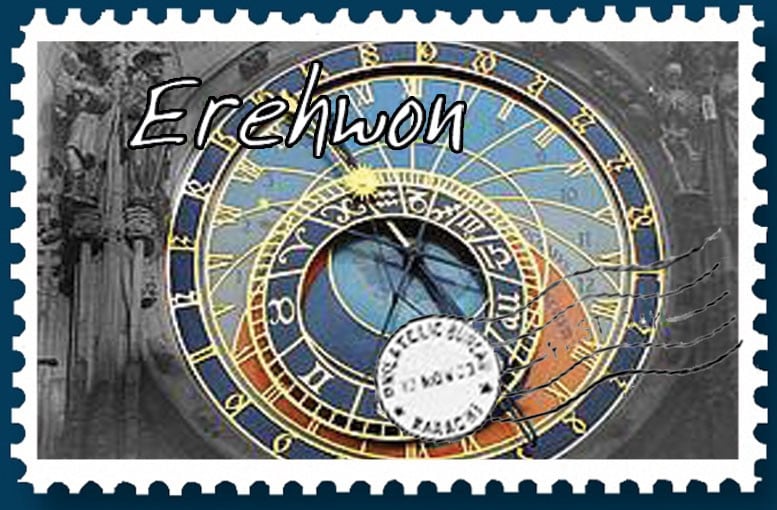
Lessons on climate change to be learnt from gazing at the beautiful instrument of precision

Back to Lahore and unpacking after my trip to Prague, our daughter seizes my phone and scrolls through recent photographs. "Mama, is this an alethiometer?" she exclaims, looking at the image of the astrolabe of Prague. She is alluding to a fictional object, created by a fantasy writer, Philip Pullman in his trilogy, His Dark Materials. In the books, the object allows those who are highly trained (or gifted) to know the answer to any question. The cleverness of this fiction is that the object’s name is derived from the Greek word ‘Alethia’, meaning truth, and meter, meaning measure.
The visit to Prague took me to a conference for evaluators on transformational efforts to address climate change. There is a sense of urgency in the air, as Greta Thunberg, the Swedish teenage climate activist, has become a phenomenon with her ‘how dare you’, defiant speech at the United Nations.
Greta has been saying that time is running out for humans. Nature strikes back in response to our excesses with disruptive events linked to climate change. In the past half a century, we have exceeded the boundaries of exploiting nature and one another. This is exploitation to a degree higher than ever recorded in human history. Yet collectively, we are unable to see this as a clear truth and alter our ways of knowing who we are in relation to the larger order of the natural world.
How right my daughter is. An alethiometer might just be what humans need at the present time. A truth-telling, golden compass. Although the 14th-century astrolabe of Prague, whose image she saw on my phone, is not what she is hoping for. It holds up an enduring truth. It allows many ways of knowing time and space.
At the Prague conference, I was a member of a small team that presented our experience of evaluating transformational efforts for climate change over eight years in Africa and Asia. Like Greta, we are a rebellious team - we are impatient with the familiar designs of how to do development work followed by telling soothing evaluation stories of work well done. We have seen too much that is unfair to powerless people, and too much that is disrespectful to the rights of nature.
Although we are no longer driven by teenage fervour, our desire to speak out and criticise development efforts has occasionally landed the team into trouble. But we have also been trailblazing evaluators and were invited to the conference tell our story among the best in the profession.
So how is this impetus to tell the truths of present-day climate change related to the astrolabe of medieval Prague?
Located in the heart of the old town, Prague’s clock tower has a series of intricate, ancient and moving dials. There are many of them, and only a small one looks anything like a clock that tells time - the type we are familiar with in modern times.
One prominent, richly decorated dial face has a series of gold and blue rings all in different configurations. Big rings, small rings, all circles misaligned against a set of deep blue and gold discs with multiple gilded pointers. This is an astrolabe and became a wonder of medieval Prague; reportedly the oldest functional astronomical clock existing in the world today.
It shows many different ways of knowing time and place. One dial tells the time of a gothic day that used to start at sunset and end at the next sunset. Another tells about the stages of the moon, another of the sun, yet another of the position of the zodiac constellations. Actually, an astrolabe is not a clock at all, but an instrument that has about a thousand functions that help humans navigate oceans, find places on the earth, know the stars and generally find their bearings in a moving solar system.
In the 10th century Aleppo, some four hundred years prior to Prague’s astrolabe, one Marium al Astrolabiya became an accomplished maker of this instrument. She devised innovations that made the astrolabe named after her a symbol of learning and knowledge all over the medieval world.
There is a lesson to be learnt from gazing at this beautiful instrument of precision science. It is to understand that we will have to rediscover our bearings on a changing, unpredictable planet - one whose cycles have been deeply disrupted by our own actions. Like Marium al Astrolabiya, we must rethink how we configure ourselves in nature. Now is the time to reorient ourselves and seek new ways of navigating ourselves on earth.